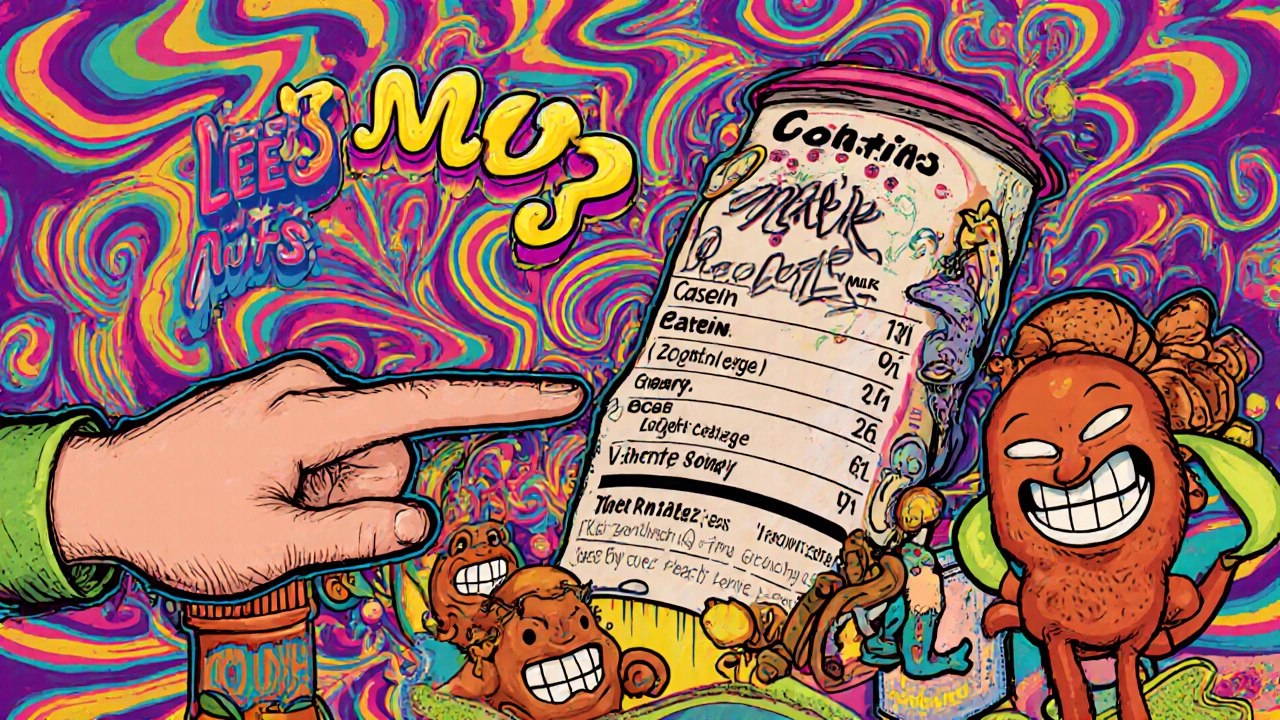Food Allergens: What They Are, How They Affect You, and What to Avoid
When your body mistakes a harmless food for a threat, it’s not being dramatic—it’s reacting to food allergens, proteins in food that trigger an immune response in sensitive people. Also known as allergens, these substances can turn a simple meal into a medical emergency. Unlike food intolerance, which causes discomfort like bloating or heartburn, a true food allergy involves your immune system releasing chemicals like histamine. That’s what leads to hives, swelling, trouble breathing, or worse—anaphylaxis, a sudden, severe, and potentially fatal allergic reaction.
Eight foods cause over 90% of serious reactions: milk, eggs, peanuts, tree nuts, soy, wheat, fish, and shellfish. But it’s not just about what’s on the label. Cross-contamination in kitchens, restaurants, or even manufacturing lines can sneak allergens into foods you think are safe. Some people react to trace amounts—just a crumb of peanut butter on a knife can be enough. And it’s not just kids. Adults can develop new allergies, even to foods they’ve eaten for years. histamine, a natural compound released during allergic reactions and also found in aged cheeses, fermented foods, and alcohol, can make symptoms worse in sensitive individuals, even if they don’t have a classic food allergy.
Knowing your triggers is only half the battle. Reading labels every time, asking questions at restaurants, carrying an epinephrine auto-injector if prescribed, and educating family or coworkers can save your life. Many people confuse symptoms of food allergies with seasonal allergies or digestive issues, leading to dangerous delays in diagnosis. That’s why understanding the difference matters. The posts below dive into real cases and medications that manage these reactions—like antihistamines for mild symptoms, or how certain drugs interact with allergen-triggered inflammation. You’ll find clear breakdowns of treatments, myths debunked, and practical tips from people who live with these restrictions every day. No fluff. Just what you need to stay safe and informed.
Learn how to spot allergens and hidden inactive ingredients on food and prescription labels to avoid dangerous reactions. Know what to look for, who to ask, and how to stay safe every time you buy or take something.

